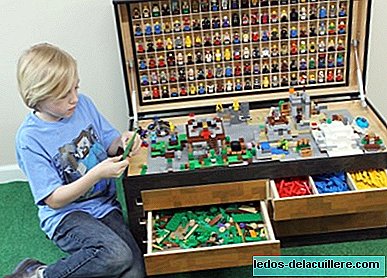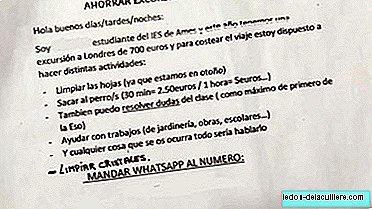
Siamese are those twins whose bodies remain united after birth, a phenomenon that tends to occur in one of every 200,000 births. There have been documented cases of Siamese for centuries, but who were the twins that gave it its name?
The best known Siamese were Chang and Eng Bunker, brothers born in Siam in 1811. They were born in the Mae Klong valley, in Samut Songkhram province of the Kingdom of Siam, now Thailand. Due to their condition of rarity, they became part of a circus and spent most of their lives in the United States. In the circus P.T. Barnum were known as the "Siamese Twins".
The brothers were united by the side, but each conserved their own limbs, which facilitated their movements and coexistence. To such an extent their existence was "normal", that they married (with two sisters) and they had 10 and 12 children respectively.
Legend and biography of Siam's twins
The legend tells that his mother manipulated the fabric so much that he united the brothers by the side that he managed to stretch enough that they could be next to each other instead of being face to face, which would be how they were born.
Initially and after being presented to the king they were sentenced to death for being considered a sign of bad omen. But King Rama III repealed the sentence when he saw that there was no catastrophe and the brothers were saved from an executory death. A popular Scottish merchant met them and requested permission in 1824 from the Siamese government to get them out of the kingdom.
After a long wait, permission was granted in 1829 and the twins were displayed as a curiosity during a successful world tour. From London to the United States to be part of the famous Barnum & Baily circus. But certain monetary disputes with his promoter caused the twins to become independent and start promoting themselves.
Despite that success as circus artists and the relative normalcy of their lives, the twins wanted to separate. For decades they consulted many doctors about the possibility of being intervened.
But because there was no X-ray technology to establish the internal physiology of the connection between the two bodies, this operation was dangerous for the brothers, so they rejected the idea. The autopsy would reveal that were united by the liver. However, the intervention would be feasible today.
In 1839 they withdrew from the exhibition circuit and settled in Wilkesboro, North Carolina, where they became US citizens, listed as "Chang and Eng, Siamese twins." It was not until a few years later, when they adopted the name of Bunker. In April 1843, they married the sisters Adelaide and Sarah Anne Yates In a double wedding.
If living as a couple is difficult, you can imagine what it was like to live among four. For several years, the two couples shared a house, but after a fight between the sisters, in which the brothers were involved, separate homes were established and the brothers spent the rest of their lives coming and going every three days at respective houses.
After a while they returned to the circus circuit to support their large families. The children also participated in the show.
The writer Mark Twain He was fascinated by the legend of the Siamese Chang and Eng and wrote the story “Those extraordinary twins!”, based on an anecdote that told how Chang was saved from going to jail after attacking a man because the judge considered it unfair to lock up also to his brother.
However, that writing that should be humorous about a Siamese "monster" that was exhibited in circuses and further elaborating the argument of two different people in the same body, came to the final version of "Wilson, the nut", where protagonists were no longer identical identical twins.

The decline of the Siamese and the beginning of the myth
Coming back to reality, Chang and Eng were smart and cunning in business. In addition, they were talented artists and in their act they performed acrobatic feats, magic tricks and humorous routines. Tickets to his show were not cheap, but the public considered it to be money well spent after watching the show. The brothers were relatively frequent news, also for his death.
The end of the Siamese was tragic and contributed to the myth that the twin brothers are united beyond life. Chang fell into alcoholism and his health deteriorated until on a transatlantic trip he suffered a stroke (1870), which did not affect Eng. However, the effusion left Chang paralyzed from the right part of his body, which forced the Brother to do physical support.
In January 1874, at the age of 63, Chang developed severe bronchitis that led to pneumonia. One night, Eng woke up to discover that his brother was not breathing. Chang was dead, so Eng sensed that his end was near. In these critical moments he was ordered to be separated from his brother, which he rejected. However, when the doctor arrived who could have performed an operation in extremisEng had also passed away.
The post-mortem exam at the College of Physicians and Surgeons in Philadelphia revealed that Chang died of an aneurysm in the brain; and Eng, from the shock of seeing its half lifeless. Since then and due to The fame of these Siam brothers the term "Siamese" serves to designate types of twins similar, united by the body.












